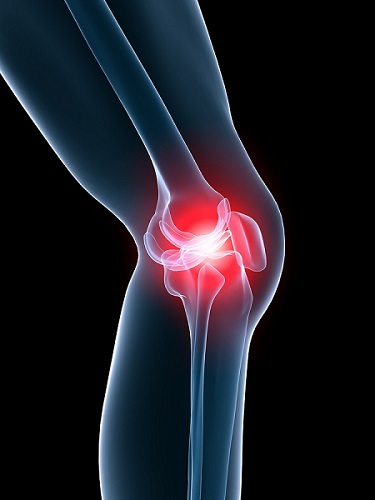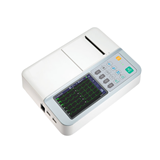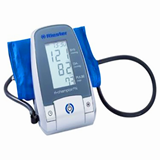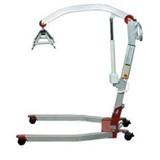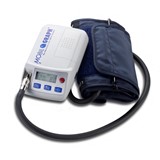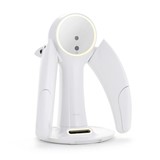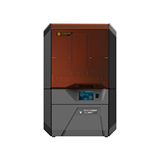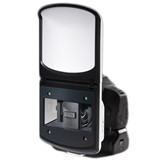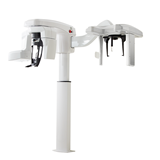In work led by Associate Professor Damian Myers of St Vincent's Hospital Melbourne — a node of the UOW-headquartered Australian Research Council Centre of Excellence for Electromaterials Science (ACES) — scaffolds fabricated on 3D printing equipment were used to grow cartilage cells called chondrocytes.
Adipose tissue from under the knee cap was collected and stems cells were isolated. These stem cells were impregnated into the 3D-printed scaffolds and grown in culture over four weeks and cartilage tissue formed.
The combination of 3D printing technologies developed at UOW, aligned with use of stem cells for tissue engineering, will enable repair of cartilage and other tissues such as muscle and even nerves, damaged through trauma or disease.
New cartilage cells aggregated in a 'pellet culture' to form spheres of new tissue the size of a pea. The use of a scaffold to direct the organisation of these spheres should enable defined tissue shapes to be formed over a 28-day period.
The next phase of the cartilage research project will be to move to pre-clinical trials to demonstrate repair of cartilage.
Patients requiring replacement cartilage to treat injury, cancers and osteoarthritis currently rely on transplants or treatment which takes their own cells and re-injecting them into the knees or hips.
The 3D printed scaffolds have been developed by researchers at UOW who have customised fabrication equipment that can deliver live cells inside a printed 3D structure.
ACES Director Professor Gordon Wallace said advances in stem cell research have been made possible by advances 3D printing.
"ACES has established a biomedical 3D printing lab at SVHM in April this year," he said.
"This has greatly accelerated progress by bringing clinicians and materials scientists face to face on a daily basis."
"This research is the product of bringing together two complex technologies; on the one hand is the versatility of 3D printing of biocompatible polymers and, on the other, substantial steps that have been taken in stem cell research over the last few years," Associate Professor Myers said.
Professor Myers said the capability of growing cartilage tissue was a major step towards the realisation of a broader program of limb salvage and 'Advanced Limb Reconstruction' which is the dream of Orthopaedic Surgeon and Hugh Devine Chair of Surgery, Professor Peter Choong, in the Department of Surgery at St Vincent's Hospital Melbourne.
This larger project encompasses the main players in the Aikenhead Centre for Medical Discovery, Professors Choong, Mark Cook and Gordon Wallace.
Professor Myers said the links between the University of Wollongong, St Vincent's Hospital and the University of Melbourne under the banner of the proposed 'Aikenhead Centre for Medical Discovery' would further strengthen these links and collaborations.

